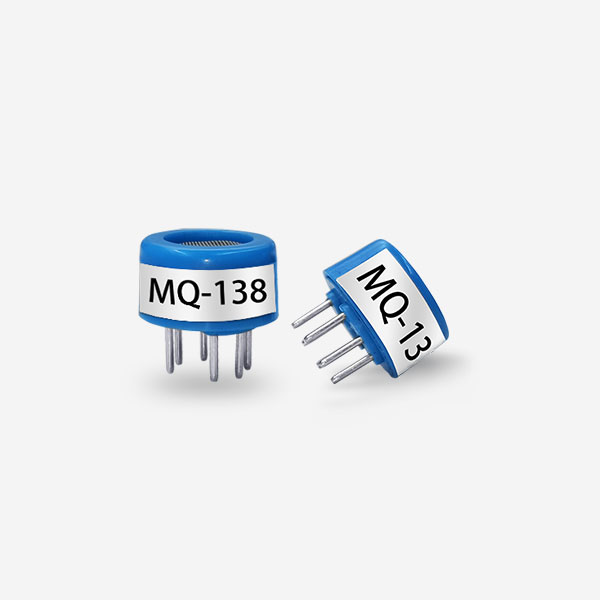Introduction:
Microelectromechanical Systems (MEMS) gas sensors have gained popularity in the field of Internet of Things (IoT) devices as they provide a highly sensitive and reliable system for detecting and measuring various gases. These sensors are designed to be integrated into wearable IoT devices, such as fitness trackers, smart bands, and smart watches, where they can be easily implemented and used by the user.
MEMS gas sensors are made up of small, precision-machined components, such as sensors arrays, control elements, and leads, that are designed to detect and respond to the presence of a gas. They are typically used in a variety of applications, including health and fitness tracking, air quality monitoring, and smart home systems, among others.
The integration of MEMS gas sensors into wearable IoT devices can provide a number of benefits. For example, they can be easily implemented and worn on the body, allowing users to track their gas levels and health status. They can also be used to monitor air quality, allowing users to track their gas levels and health status. They can also be used to monitor air quality, which can be of great importance in various health and environmental applications.
However, one challenge in the integration of MEMS gas sensors into wearable IoT devices is the need to keep the sensors cool during operation. As the sensors become more complex and sensitive, they generate a lot of heat, which can cause them to become warm and affect their performance. To overcome this challenge, there has been a significant effort in developing cool-runningMEMS gas sensors.
Conclusion:
In conclusion, the integration of MEMS gas sensors into wearable IoT devices provides a number of benefits, including the ability to detect and measure various gases, and the ability to monitor air quality. However, there is a challenge in keeping the sensors cool during operation, which has led to the development of cool-runningMEMS gas sensors. By which has led to the development of cool- runningmems gas sensors. By the use of MEMS gas sensors in wearable IoT devices can be further expanded and optimized.
JXCT
 : +86 155 8830 2704
: +86 155 8830 2704 : jxdziot@gmail.com
: jxdziot@gmail.comJXCT has been specializing in gas detectors and gas leak alarms for over 7 years. We provide analyzers, detectors and sensors for over 200 gases to protect industrial production!
- Fixed gas detector
- Portable Gas Detector
- Gas analyzer
Gas Detector
Gas Sensor

MQ138 Benzene sensor- C6H6 semiconductor sensor
23 / 4 2023
